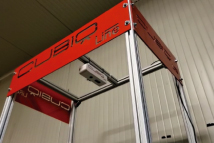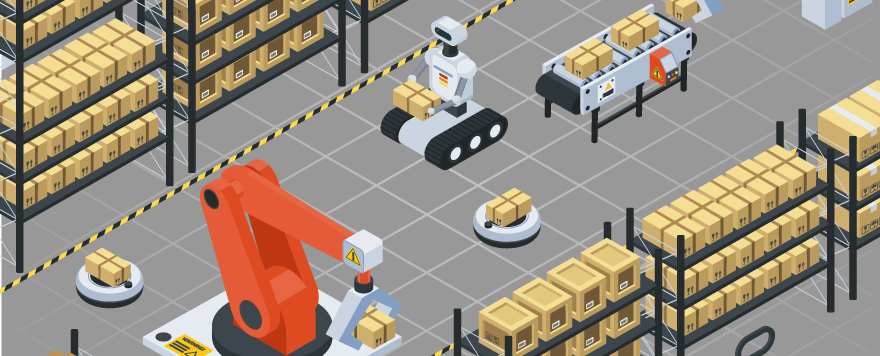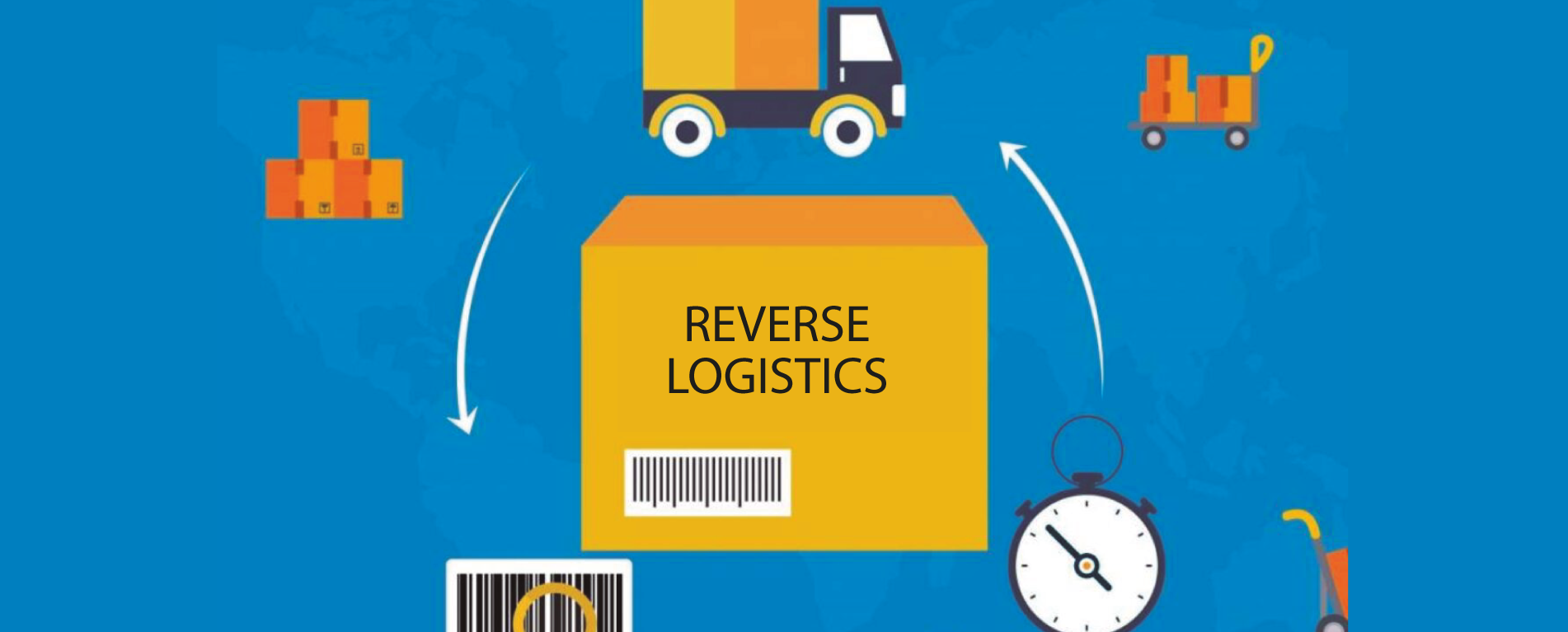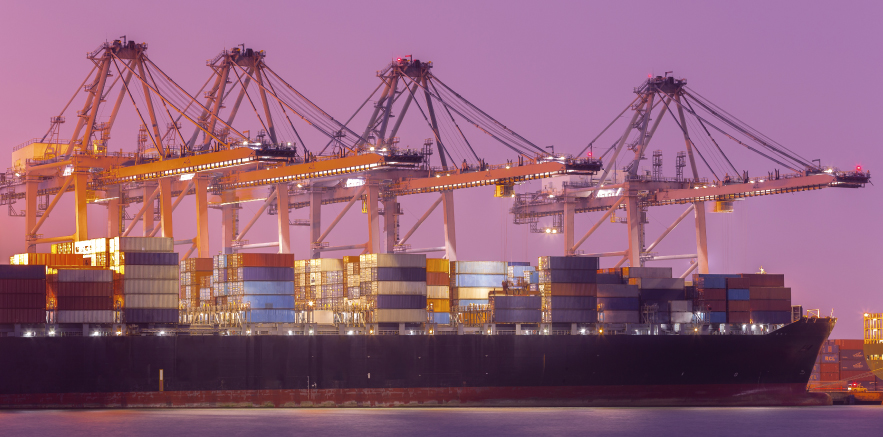The implementation of devices with artificial vision becomes a fundamental factor for optimizing processes since it is the perfect ally when great precision and agility are required in the execution of tasks, especially in industries such as logistics, where tasks continue to be very manual and operational. This technology has a positive impact on operators’ productivity, decreasing the need for investment of resources in labor, and increasing the company’s profitability by involving more efficient processes that increase the agility in operations.
Before discussing the benefits, applications, opportunities, and challenges of implementing this tool in the logistics chain, it is essential to define Artificial Vision clearly. Artificial visionis a branch of technology recognized as the training of a neural network utilizing digital algorithms to process images and identify patterns or elements in them.
You may be interested:Training neural networks for logistics.

The implementation of equipment developed with artificial vision in companies’ logistics chain of industries such as retail, logistics, cargo consolidators, and airlines generates excellent contributions in terms of automation of visual control processes, traceability, and handling of products. These factors positively influence the productivity of operations and optimization of resources.
From CubiQ as a company in the logtech sector, we want to highlight two innovative applications of this technology so that your company does not stop growing.
1. Traceability and unit counting
Here we want to highlight the development of Bcnvision, the technological solutions with artificial vision company. Its products allow counting and identification of products without the need to take them out of the boxes.
The system consists of a lateral camera that allows control and identification of each of the boxes and a conveyor belt, which has three high-resolution cameras that perform code reading, thus identifying the products inside the package.
And, because it is not enough! The system also uses an infrared laser and two cameras to count the units included inside each box. Isn’t it kind of amazing?

2. Information digitalization
Two is the lucky number, and you were lucky enough to get here! Meet the solution that we at CubiQ have developed thinking about you and your needs.
CubiQ, a device that cubes, weighs, measures, and digitizes the information on the label of your goods in 3 seconds, providing comprehensive assistance for taking measurements through the use of intelligence and artificial vision technologies.
That’s right! We use the OCR technology to optimize the working time of your operators and make it easier not only to have all the measurements of your packages but also the information of the label in your computer in 3 seconds, allowing better traceability of the goods covered and making yours and your team’s valuable time to be invested in strategies and tasks that drive your company’s growth.
Our goal as a company is to transform your challenges into victories!For this reason, we have two solutions that integrate with OCR technology so that you get the results you expect using the technological solution that best suits your needs.

According to the portal Whats New , these are some of the applications that we find of artificial vision in a context like the current one for the optimization of the logistic chain.
3. Quality control
Among the most common applications of this technology within retail companies are those related to quality testing, using it when they finish a product and expose it to cameras that have been previously programmed with digital algorithms to find the imperfections.
The artificial vision in the quality processes allows greater precision and reliability in detecting imperfections of products. It also assures the transparency of obtaining the traceability of each of the inspected objects, easing up the analysis of the information to make the right decisions.
With this technology, it is possible to detect from 92% to 99% of the defects depending on the task for which it is used. Impressive! No?

4. Industrial safety
What would a company be without its employees? Employees are the mainstay of any company, and ensuring their safety becomes a priority. The implementation of this technology allows the monitoring of a series of parameters established to detect potentially dangerous situations in industrial environments,allowing the reduction of the number of labor incidents.
These systems also ensure uninterrupted machinery operation, thanks to the installation of cameras and sensors in the points most prone to accidents.

5. Robots
Nowadays, companies are looking forsolutions that allow them to speed up their processes, especially those in the logistics chain, usually characterized by being manual, repetitive, and unproductive.
The inclusion of robots in the logistics chain has meant reducing this manual work, increasing operators’ productivity, and reducing labor costs.
With the technological advances and new specialized tools that are being developed, it is now possible to find robots with artificial vision systems that are fully capable of considering the position of objects, analyzing the video stream from 3D cameras, and the data obtained from lasers and sensors that make it up. This allowsthe robots to perform tasks with great precision and without the need for powerful lighting to achieve the objective.
Now the question is, how not to join logistics 4.0when finding solutions like those mentioned for the optimization of the logistics chain?
You may be interested in:A logistics industry ready for the future.
Nowadays, companies are looking for the perfect ally in technology to achieve their objectives oriented to effectiveness, productivity, and profitability. And taking into account the situation faced worldwide, where many companies are being affected by the closure of their production and declining sales. It is the perfect time to invest in technology and process automation, in order to reduce costs.
Do you want to know companies’ success stories that with innovation have applied artificial vision in their products?





